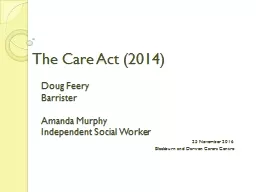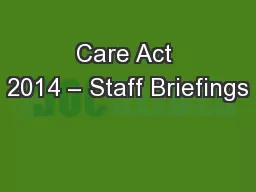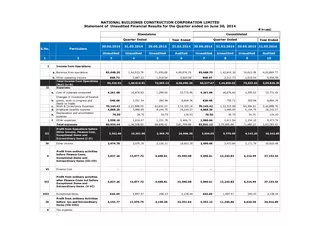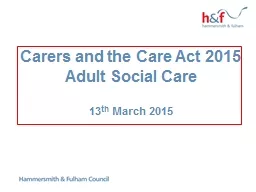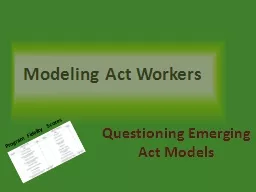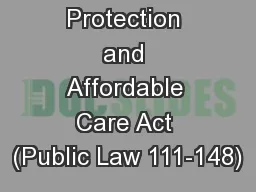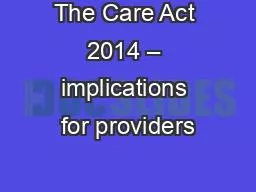PPT-The Care Act (2014) Doug
Author : kittie-lecroy | Published Date : 2019-02-07
Feery Barrister Amanda Murphy Independent Social Worker 25 November 2016 Blackburn and Darwen Carers Centre An agenda The main provisions of the Care Act 2014 What
Presentation Embed Code
Download Presentation
Download Presentation The PPT/PDF document "The Care Act (2014) Doug" is the property of its rightful owner. Permission is granted to download and print the materials on this website for personal, non-commercial use only, and to display it on your personal computer provided you do not modify the materials and that you retain all copyright notices contained in the materials. By downloading content from our website, you accept the terms of this agreement.
The Care Act (2014) Doug: Transcript
Download Rules Of Document
"The Care Act (2014) Doug"The content belongs to its owner. You may download and print it for personal use, without modification, and keep all copyright notices. By downloading, you agree to these terms.
Related Documents

